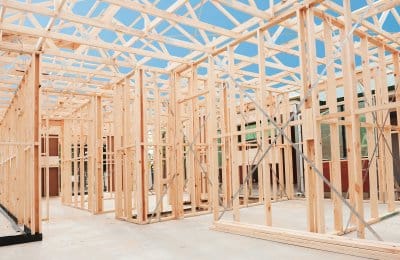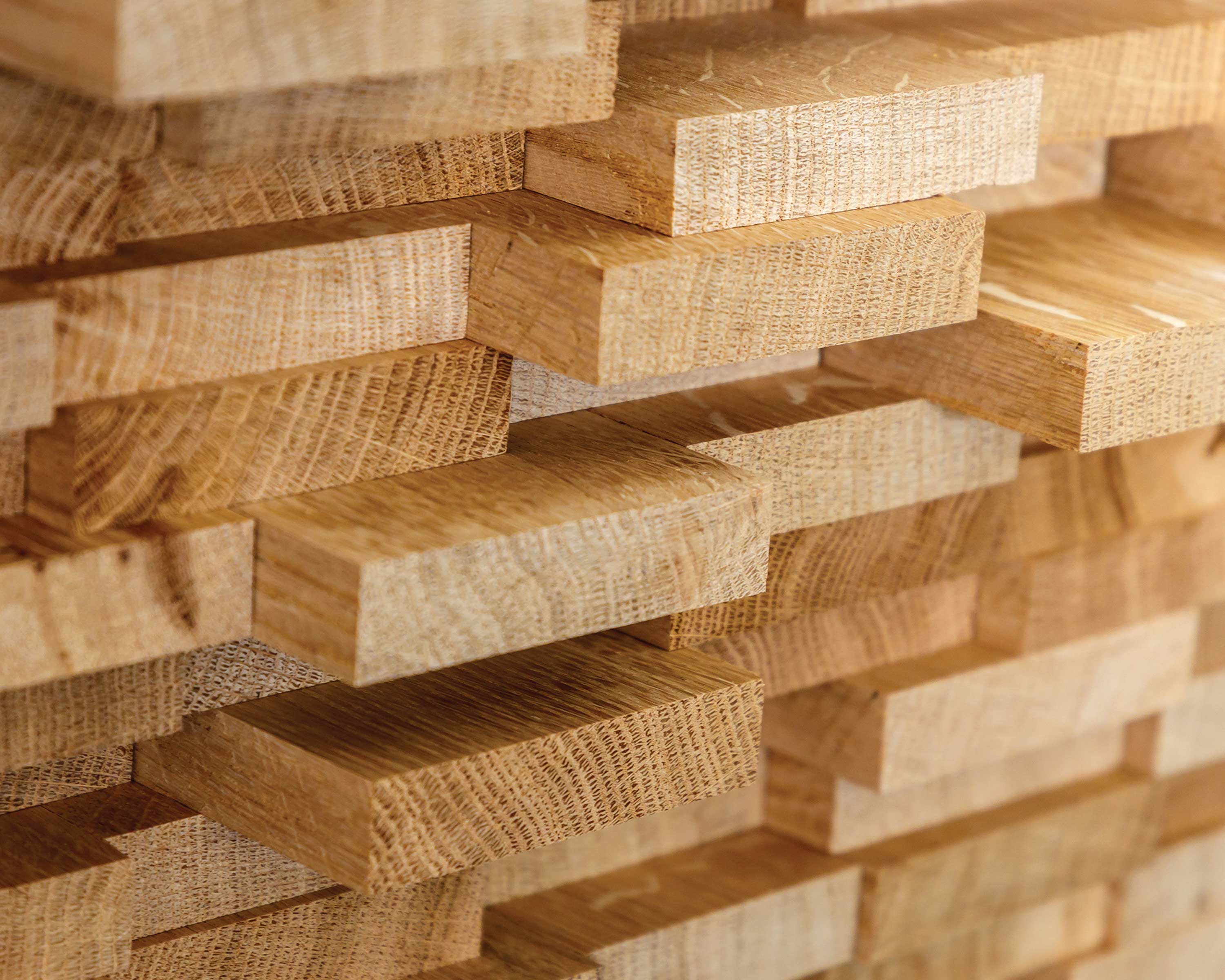Headline-making forest fires in B.C., of course, were the biggest challenge. “We dealt with the fallout from fires this year, and to a certain extent last year,” says Mike Park, National Panel Buyer, AFA Forest Products Inc. As of early August, 840 wildfires had burned approximately 4,200 square kilometres of BC forests. The fires were unprecedented in terms of the damage they caused and the area impacted, and that’s meant serious repercussions for the lumber industry.
“The forests today in B.C. look a lot different than they did 10 years ago,” says Park. “We saw a lot of restrictions on logging which became a challenge and this year we saw restrictions on production due to fire risks, as well.” He adds, “One major plywood mill had to shut down due to the risk of fire, along with many sawmills.”
Because of the plywood mill shutdown and its impact on supply, plywood prices began to head north. In fact, says Park, “They reached all-time historical highs. It was really one for the ages and I don’t think we’ll see anything like it again.”
Kelvin Johnston, Senior Buyer, Commodity Lumber and Panels, Castle Building Group Ltd. adds, “An order of plywood that might have sold for between $400 or $500 per MSF was suddenly selling for around $700 per MSF”
Builders and contractors—who had estimated projects based on standard prices for materials—found themselves in a tough spot. “They had to be savvy and find a way to make money or at least find alternatives,” says Park.
That search for a Plan B led to a bump in sales for OSB (Oriented Strand Board) products. “That’s one area that’s really been impacted by this, and I think the shift to OSB is going to stay with us, at least for the foreseeable future,” says Park. Certain enhanced OSB products suddenly became economical alternatives to plywood. “OSB flooring, in particular, gained popularity,” says Park. Enhanced OSB flooring was now significantly cheaper than plywood in many markets, and offered features contractors found appealing. “For one thing, you don’t have to sand the joints,” says Park. “While other OSB products might swell when they get wet, enhanced OSB products don’t, so that was another big attraction.”

Johnston saw significant interest in a performance panel OSB, as well. “It’s a premium product, with a lot more chips per panel, and more glue,” says Johnston. “It’s a heavier, better board, but it ended up being cheaper than plywood when the price of plywood went on its run.” He adds, “Now that some dealers and some contractors have tried it, I think some will end up sticking with it.”
While enhanced OSB products aren’t new, many building professionals have, until now, resisted using them. “There’s a core of builders out there—whether they’re building three or four custom homes a year, or track homes—who have stuck with plywood ‘because that’s what my customer wants, or that’s what my father always used’ and wouldn’t even try the OSB products,” says Park. “They were as much as forced into the market to try it because the price spread was just too big to ignore.” He adds, “I really believe we’re going to see a shift in market share from plywood to OSB; this will move the needle.”
In particular, says Park, the market will be looking at enhanced flooring with a much more open mind than they ever have in the past. “We’re seeing changing attitudes for other OSB products, too, including enhanced roofing products and insulated OSB panels, too,” says Park.
Fire-rated OSB products, too, are growing in popularity, particularly in high-density neighbourhoods where houses are built fairly close together. “There are some jurisdictions that require a true fire block between homes,” says Park. “More so in Western Canada than in the East, but I could see down the road how it could be a requirement everywhere.”
Despite builders’ increasingly open minds about OSB products, plywood will maintain a solid market share, predicts Park. “Plywood will always be the DIY’s first choice, along with traditional ply-wood markets. There’s a comfort level there. It’s not ever going to go away.” He adds, “There’s just going to be a shift in some areas toward OSB driven by economics and in some cases product enhancements.”

Tariff in 2018
As of January 1, 2018, most mills will be paying a combined tariff of just under 21% on all lumber exports to the United States. While that’s down from the 26.75% proposed earlier in the year, it’s still going to have a significant impact on business.
For the rest of this calendar year, the expectation is that mills are going to ship everything they can to the U.S. to avoid the duties effective as of 2018. “In a way, that’s likely to create a temporary shortage of lumber in Canada,” says Johnston. “Which means our prices in Canada are going to go up over the next several weeks, but then come 2018, mills are going to start discounting to sell in Canada—I’d guess between 10 and 20%—because they’d rather sell within the country than sell across the border with the 21% duty.”
“Chaos will likely reign through spring of 2018,”says Johnston. “But things should hopefully settle down and we’ll have more of a predictable year after March, when the mills come up with a plan about how they’re going to discount into Canada.”
There’s still one other X-factor, though. “The idea of things settling down is assuming that the U.S. and Canada don’t sign a new softwood lumber agreement,” says Johnston. “That could put everything right back into chaos.”
Challenge: Keep Operations Running
With all the changes and pressures on the industry, business as usual is any thing but. “The long-term story for forestry products as a whole, whether plywood or lumber, is the availability of logs and the ability to run these mills,” says Park. “That’s the big challenge right now for all the major forestry industries: How do they keep their operations running with the amount of allowable cut that’s available to them?”
“I don’t see the situation changing,” says Park. “Maybe 100 years from now it might be different, but who knows? I wouldn’t even want to speculate. It’s a challenging environment we’re in today, for so many reasons.”
